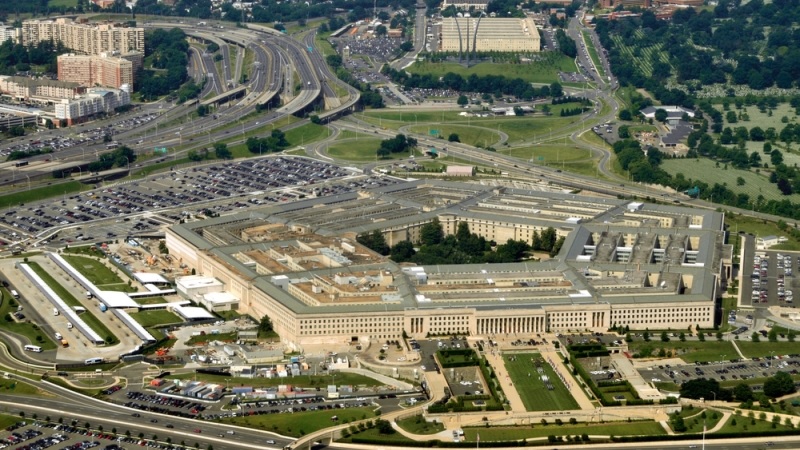
Two of the Trump administration’s nominees to serve in key tech-related roles at the Department of Defense (DoD) told lawmakers during their nomination hearing on Thursday that they plan to speed acquisitions in emerging capabilities areas such as artificial intelligence, microelectronics, and quantum science, among others.
Those pledges came from Michael Dodd, the nominee to be the assistant secretary of defense for critical technologies, and Brent Ingraham, the nominee to be the assistant secretary of the Army for acquisition, logistics, and technology.
If confirmed, Dodd will be the first person to hold this position officially. The Pentagon created the position in 2023 as part of a reorganization within the Office of the Under Secretary of Defense for Research and Engineering.
Maynard Holliday served in the position during the Biden administration, but no one has been confirmed by the Senate for the role.
“The office to which I’ve been nominated is relatively new. It is charged, quite simply, to set the technology vision for an era of competition,” Dodd told members of the Senate Armed Services Committee on June 26. “If confirmed, the department’s technology vision will be to dramatically accelerate technology transition. I will work relentlessly to ensure the critical technologies our warfighters need are in their hands as quickly as humanly possible.”
Dodd said he plans to do this through several priorities, including supporting “defense acquisition reform to deliver state-of-the-art capabilities at speed, relevance, and scale.”
DoD is in the middle of reforming its acquisition practices, as laid out by President Donald Trump’s April executive order to modernize defense acquisitions and spur innovation in the defense industrial base.
“I will coordinate within the department, with the military services, and with this committee to cut red tape and preserve the technological supremacy of our warfighters to do business at the speed of business,” Dodd said.
Another priority of his is to “strengthen the department’s adoption of critical technologies in fields like artificial intelligence, microelectronics, quantum science, space-based systems, or hypersonics,” he said.
“We must close that gap. We will,” Dodd pledged, explaining that he plans to create new innovation on-ramps while leveraging existing ones.
Ingraham shared the same vision with Dodd to accelerate acquisition and “to cut red tape and accelerate the pace of delivery of lethal, effective, operational capabilities.”
“We’re in the middle of a transformation in the way wars are fought and equipped: the convergence of artificial intelligence, robotics, automation, and new manufacturing methods enabled by these technological revolutions,” Ingraham told lawmakers. “The intersection of R&D and acquisition coming together to rapidly field innovative new systems is more important now than ever, with the many threats we face are rapidly evolving.”
“I look to strengthen rapid acquisition to deliver capabilities from the factory floor to the front line even faster,” he added. “If confirmed, it will be my job to enable and equip the Army’s transformation by delivering the tools that underpin the Army’s force modernization plan and ensure our soldiers never have to experience a fair fight.”
The Army is also in the middle of its own sweeping acquisition transformation effort. Army Secretary Daniel Driscoll told lawmakers last week that the Army will deliver a comprehensive briefing on its acquisition transformation effort before the end of the month.
The forthcoming briefing is part of a broader initiative known as the Army Transformation Initiative, launched under the direction of Defense Secretary Pete Hegseth. The effort was outlined in an April memo, which mandates a thorough overhaul of the Army’s acquisition and operational planning strategies.
Ingraham said his top priorities include reviving the defense industrial base and developing a skilled defense acquisition workforce.
“None of this is possible without the skilled and mission-oriented defense acquisition workforce,” he said. “The cadre of Army acquisition professionals is a national strategic asset. I’ll focus on recruiting, retaining, and training the right talent, just like our frontline forces rely on their professionalism and technical acumen both before and during conflict – where the factory floor can be just as significant as the battlefield.”
